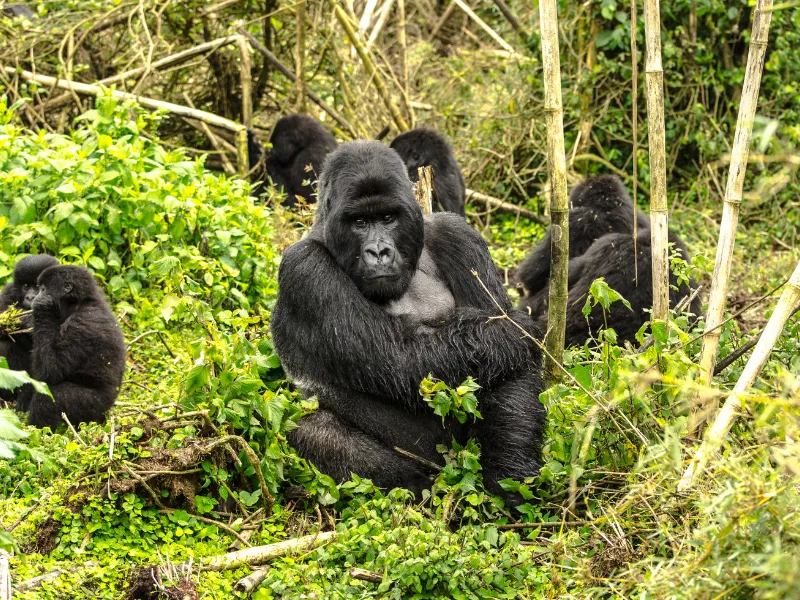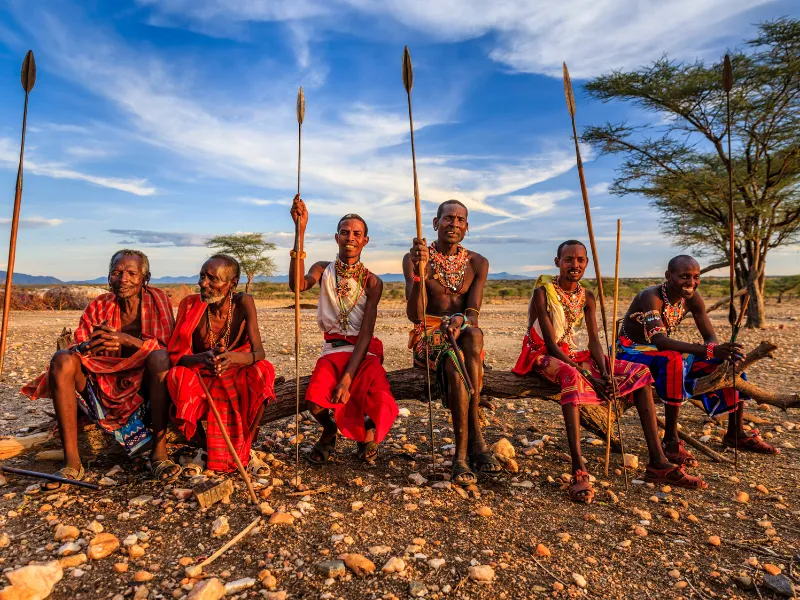Uh oh!
Were you looking into Travel Packages?
Annually, we expertly match over 100,000 proactive individuals seeking expertise in finance, lending, and claims management with experienced advisors and brokers.
Need More Information?
Get our detailed brochures and destination guides.
Travel Planner or Agency?
Let’s work together to deliver extraordinary East African journeys.
Destinations
Company
Follow Us
© 2025 Iconic Travels. All Rights Reserved.















